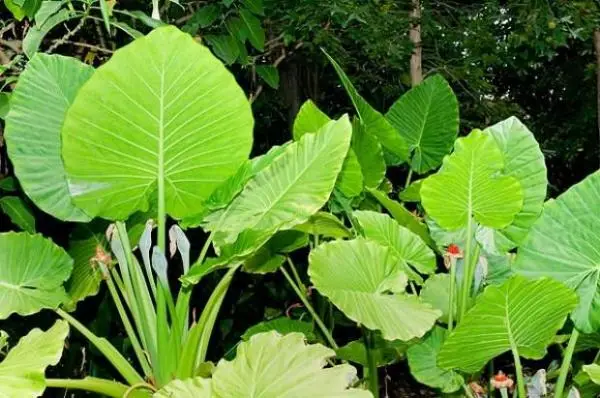Probably the name ‘elephant ear’ does not tell you anything in the world of plants, but surely once you see its image you will remember it. This decorative plant is also known as marquise or colocasia , and is best recognized by the huge oval heart- or arrow-shaped leaves with wavy margins that can be more showy even than the flowers that grow on the plant. In fact, it is said that it is even advisable to cut them when they appear to send all the nutrients from their roots to their leaves and not to them.
Characteristics and care of the elephant ear
The ‘elephant ear’ has its origins in India, so it is quite sensitive to cold in nature. Therefore, in the coldest months of winter or in climates that are much colder than what is recommended for the plant, it is necessary to protect the plant from low temperatures so that it does not die. To maintain it, the room temperature should not drop below 10 degrees.
Although in general we usually buy these decorative plants when they are already quite grown, if you dare to plant them you should bear in mind that the marquise needs a good process of preparing the soil, with the cleaning and cultivation of it based on fertilizers (liquid , if possible). In addition, it must also be very well fed to ensure that it is properly nourished during the vegetative period, when it unfolds the large leaves that give it this fun name.
We will not deny that it is a plant that needs a lot of care, especially when a short time has passed since planting, as it needs to be watered frequently. When it takes root, however, it will only need constant sprays on the leaves and roots, but not proper watering.
Its Indian origin also means that it needs to receive sun, albeit in a prudent way, without the sun’s rays constantly touching it throughout the day, so the places with partial shade are the best for its cultivation.

2 thoughts on “The ‘elephant ear’, a beautiful decorative plant”